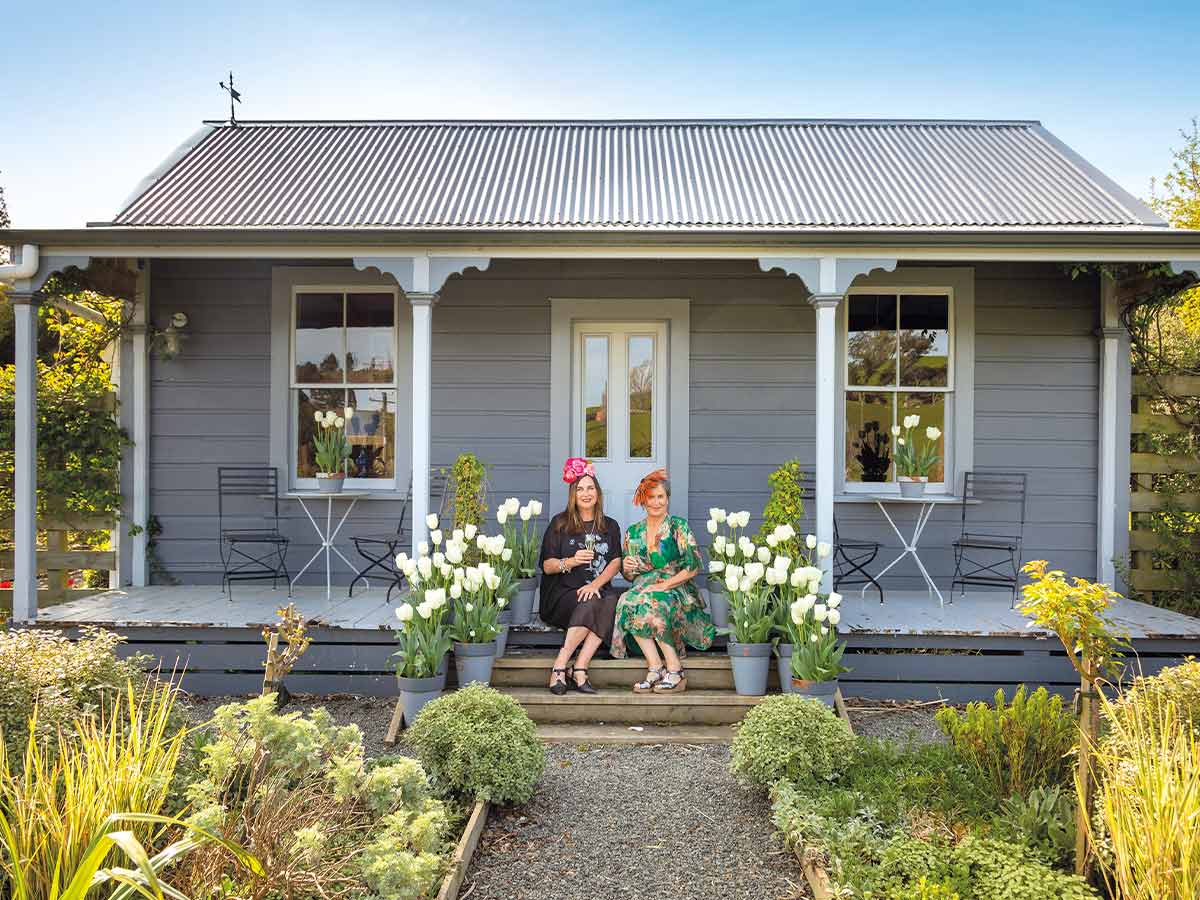There’s a definite sense of pride among locals when it comes to those fortunate enough to be permanently based in the Wairarapa. Pamela Wade spends some time exploring the area and understands why.
“Wairarapa is Wellington’s Waiheke Island,” Paul Broughton says with authority. He should know: he used to be one of those 9-to-5ers who regularly escape from the city to this laid-back natural haven full of delights for the eye, the mind, and especially the taste buds.
Now Paul lives in Featherston, the first town you encounter after an intense half-hour winding up and over the Remutaka Hill. His shop, C’est Cheese, houses New Zealand’s smallest cheese factory, using organic milk from cows just up the road. Remutaka Pass Creamery makes a range of prize-winning cheeses, from brie to Gouda-style, its products supplemented with others made by artisans from Northland to Otago, plus a few imports. With cheese flight tastings on offer, a barista on duty, an in-house brewery, and shelves of other locally-made delicacies from chocolate to spices, C’est Cheese is a must-visit.
Another unmissable is just along the road. Open at weekends or by appointment, the Fell Locomotive Museum is a triumph of enthusiasts’ effort, full of detail and explanation, all beautifully presented. The focus is Fell Locomotive H199, the only one left in the world. From 1878, for 77 years, this doughty engine was one of six hauling passenger carriages and goods wagons weighing up to 65 tonnes over the steepest section of the Remutaka: nearly five kilometres with an average gradient of 1 in 15. Using gripping wheels on a central rail, the Fell took 45 minutes to cover the distance at a walking speed, the pressure so great that the sturdy cast-iron brake pads had to be replaced after every trip.
Remarkably, there was only one accident in all that time, in 1880. Gale-force winds sweeping up bleak Horseshoe Gully, locally known as Siberia, blew two carriages off the tracks, causing the deaths of three children. It’s described in graphic detail in a newspaper report of the time, which guide Marion points out, with warnings.
This museum will swallow time, so it’s worth overnighting in Featherston. The impressive Royal Hotel, opened in 1868, is beautifully restored inside, its plush Victorian vibe cosy and welcoming.
It’s more than a feast for the eyes: the food here is delicious. Even better, RVers booking a dinner or degustation are welcome to park overnight behind the hotel.
A joy for booklovers
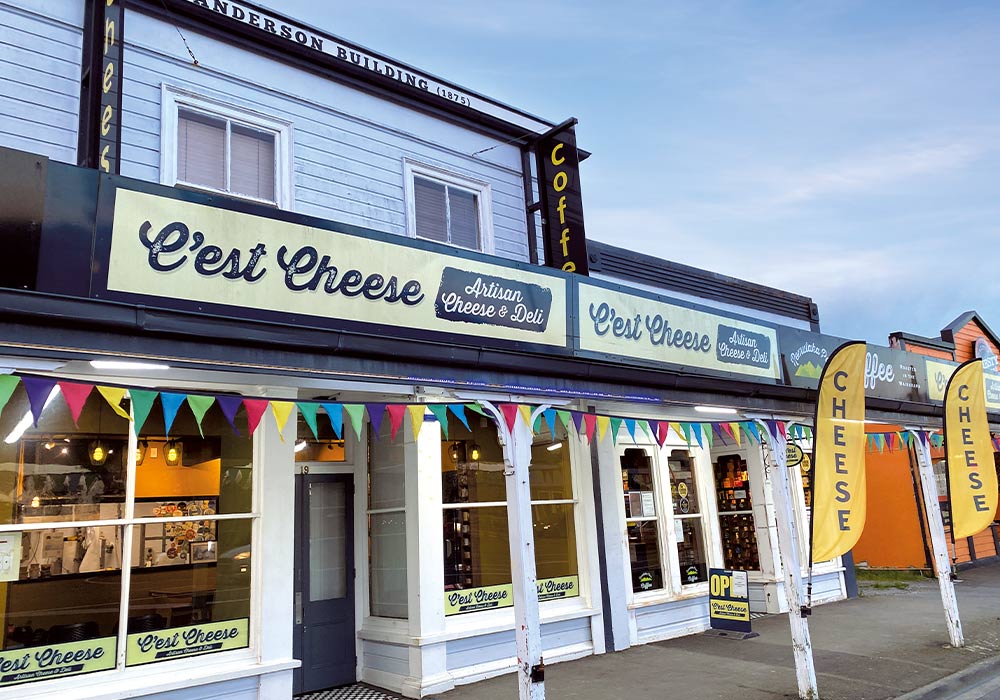
Proudly claiming the title of New Zealand’s only Booktown, Featherston has seven separate bookshops, like the lovely Dickensian where library-like shelves crammed with books of all sorts adjoin a tempting tea shop serving Belgian-themed delicacies. Booklovers will already know about the town’s annual Book Festival, taking place over a weekend in May with a programme of events appealing to all ages. Writers, illustrators, and publishers gather here to celebrate the book in all its varieties – it’s a major event.
Across the road from the Fell Museum is a striking installation that commemorates another of Featherston’s claims to fame: its role as the country’s largest military training camp in WWI. For two years from 1916, around 60,000 young men were trained at a huge camp just outside town, before being route-marched off to war. Coming over Remutaka Hill, you can’t miss the striking memorial at the summit, depicting weary soldiers queuing for a welcome cup of tea.
It took them three days to wind over the hills to Trentham, en route to Gallipoli. Heading out of town towards the spacious campsite at Tauherenikau Racecourse, you’ll pass where the camp was located. It’s 30 hectares dominated by rows of large wooden barracks: 90 altogether. They are all gone now, but there’s a memorial site across the road, complete with a stand of cherry trees, which remembers the camp’s reincarnation during WWII as a Japanese POW camp. More than 800 prisoners were kept here, so humiliated by their incarceration that in 1943, there was a riot that led to 49 deaths and many injuries.
At the racecourse, there are buildings from the military days to discover on a wander around the grounds. These include a striking octagonal flu hospital, for treating soldiers infected in their cramped and germy quarters. Including 10 powered sites, the campsite is a lovely place to stay, with a peaceful bushwalk and river to enjoy as well as occasional events that include five race meetings a year.
Tauherenikau Holiday Park is set in the picturesque grounds of Tauherenikau Racecourse and is a lovely spot to enjoy the serenity of the region, offering a range of motorhome and caravan parking options.
Gorgeous Greytown
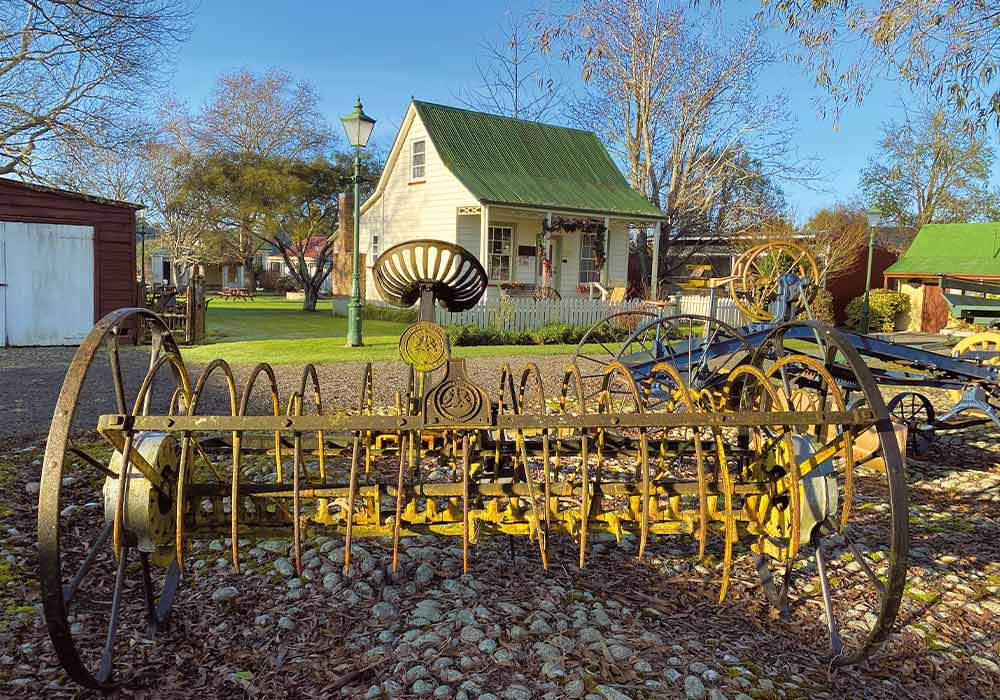
Up the road is Greytown, with more history to discover, and much more besides. It’s a gorgeous little town, notable for its abundance of pretty wooden homes and shops, which house a wide variety of quirky offerings, all artily presented. Books, bakeries, second-hand goods, crafts, coffee, clothes, and more are here, everything from kebabs to fancy lingerie. In Mango Interiors, you could buy a full-sized Vespa 90, made of polished wood in Bali; or at Blackwell & Sons perhaps a hand-made in England Pashley bicycle, fabulously traditional, though the prices might drive you to hit the gin bar that’s also in there.
Cobblestones Museum here has the emphasis on early settlers, and scattered around three originals is a collection of historic buildings, from a schoolhouse to a printery, moved on-site to create a town within a town. It’s all well-presented, informative, and pretty, and there’s something special about walking over cobblestones laid more than 170 years ago to enter an original Cobb & Co stable.
Sweet temptation
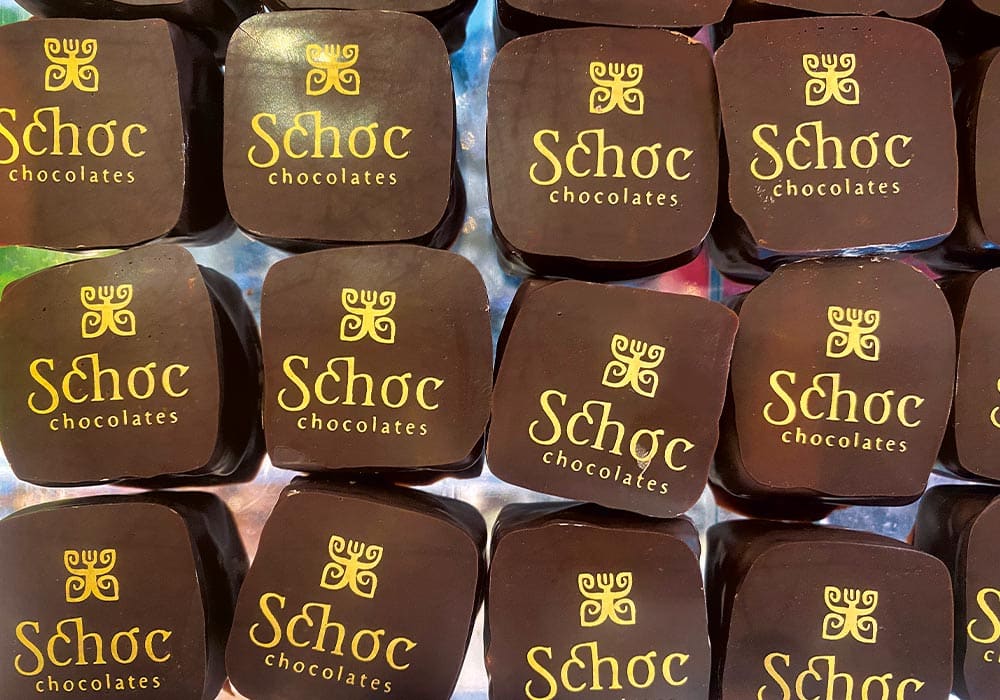
Even better, right next door in another old cottage is Schoc Chocolates, where you can choose from more than 80 flavours of tablet Belgian chocolate, all made on the premises. There’s also a colourful display of fancier creations, including such exotica as decorated bowls and high-heeled shoes, all edible. For something more conventional, but just as lovingly prepared, call into the White Swan Hotel for a meal. It fits well with the look of the town but arrived only in 2002 from Lower Hutt. It was cut into six sections for the move and the one where the dining room is located slid off its trailer on the haul over the hill: look for the dramatic photo by reception.
Mesmerising Masterton
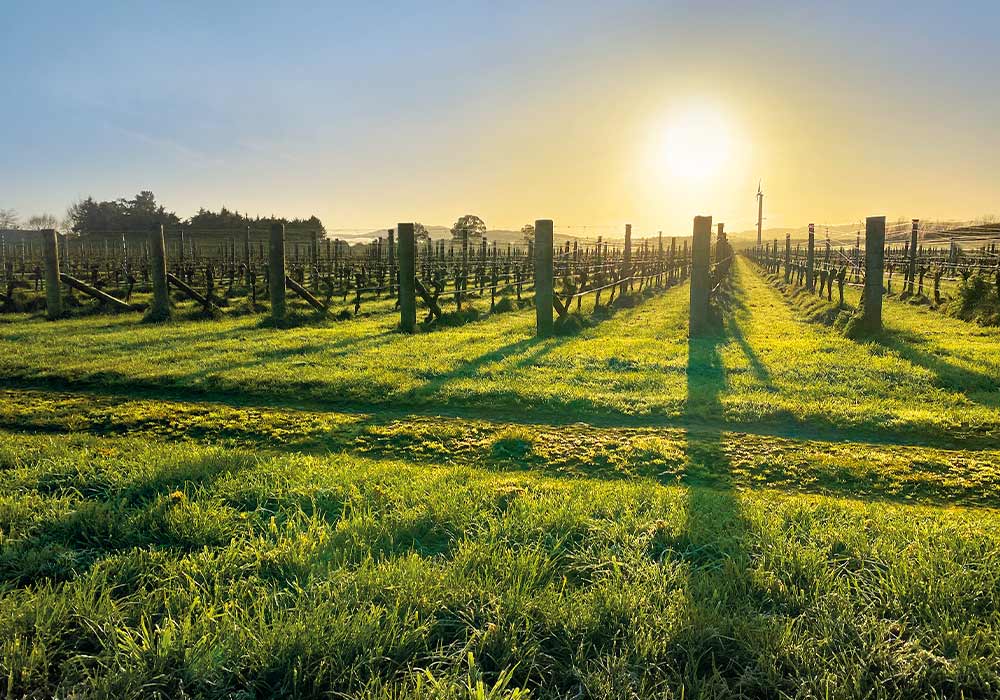
Further up the road, the much bigger Masterton has its share of colonial and art deco buildings. It’s worth leaving the main street bustle for a wander through Queen Elizabeth Park with its busy duck pond and popular little choo-choo train. The mini-golf course here looks fun, too, but
if it’s culture you’re after, just cross the road to Aratoi Museum of Art and History. There’s a bunch of galleries here, with exhibitions changing all the time, so there’s always something new to see. The Wool Shed next door is home to the Golden Shears and tells that story.
It’s a lovely drive up SH2 to Pūkaha, where a tour around this wildlife sanctuary with the inimitable Pūkaha guide Everlyne Chase is properly memorable. From the kõkako called Kahurangi, who only talks to men and has been known to swear, to the eager and greedy eels grabbing their feeding spoon, from Māori legends to the unsung hero Elwyn Welch, from the rare white kiwi and pāteke to the amusingly lumbering kererū, it’s all here. Even better, there’s a spanking new education centre on-site with six powered campervan sites available to people booking a night or dawn guided tour. The facilities are impressive and, combined with the chance to see and hear kiwi, rūrū, glowworms, and geckos in the wild, make for an appealing option.
There are many other attractions yet to see: Castlepoint Lighthouse is spectacular and unmissable, and if that’s your thing, there’s the Cape Palliser one down south, at the end of a photogenic drive with a weather-dependent side-trip to the stunning Putangirua Pinnacles. If your visit is in spring, don’t miss the Tulip Festival, held during the first weekend in October at Longbush Cottage. It’s a cute little farm cottage, home to tulip addict Luke Gardner. He plants many thousands of bulbs every year, in pots and in his themed garden rooms, and in spring it’s a riot of colour. You can book a visit outside of the festival.
You’re only a 20-minute drive now from Martinborough, surrounded by vineyards large and small. The impressive Martinborough Hotel is a local icon, and Poppies is a favourite stop for a tasting or meal. If you can get a table at Café Medici, you’ll be happy. There are so many good places here for an indulgence that perhaps it’s wise to factor in a bike hire or tour with Green Jersey. You can keep it easy, visiting vineyards, or balance all those delicious meals by heading out on the Remutaka Cycle Trail, to complete your Wairarapa circuit.
Where to park
Wairarapa offers an array of options for motorhome and caravan visitors. Lake Wairarapa Domain Reserve and Lake Ferry Holiday Park are well worth a visit, as are Tauherenikau Holiday Park and Castlepoint Reserve (suitable for self-contained motor caravanners and freedom campers).
Pamela Wadew was hosted by Destination Wairarapa (wairarapanz.com).

